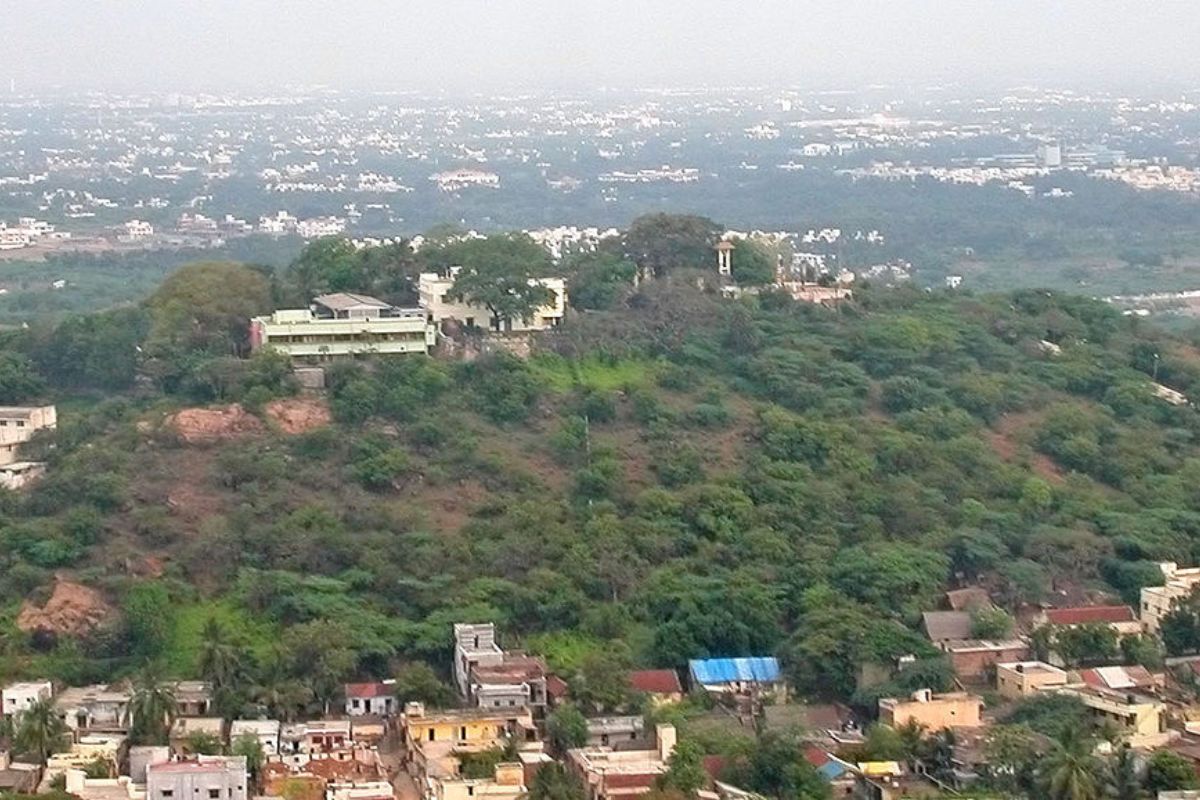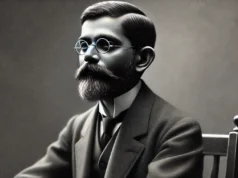
The Apostle Thomas is known as the Apostle of India. However, his ministry in India is still widely debated by many. Did Thomas move to the Coromandel Coast after the successful ministry on the Malabar Coast? In this article, I want to look at the evidence that supports the Mylapore Tradition.
What is the Mylapore Tradition?
Apostle Thomas established a “strong, self-propagating and self-sustaining community of Christians” on the Malabar coast. After his successful ministry in the Malabar region, Apostle Thomas moved to the eastern coast and arrived at a place named Mylapore. This is known as the Mylapore tradition.
Thomas’ life and witness in Mylapore
The residents of Mylapore appear to have warmly welcomed the Apostle Thomas. Gradually, he gained their respect and support through his life and witness. Notably, many prominent families of the City began to follow his teachings.
The Apostle Thomas built two churches. The first one was near the cave at the Little Mount. This cave was his favourite spot, and it is said that the Apostle would always retreat to the cave to pray, and find spiritual courage.
St Thomas also built a church on Pharangi Malai, a nearby mount (renamed as ‘St Thomas Mount’). Interestingly, the Apostle put up a stone Cross at the Church, which is continuous with the Malabar tradition.
The oral tradition accords several miracles to the Apostle. It is said that he caused a spring of water to break through from the highest point on the hill by striking it with his staff. He did this to quench the thirst of a crowd.
In another instance, the Apostle single-handedly brought a large timber for the construction of one of the churches.
Martyrdom
Sadly, the Apostle was pierced to death with a spear due to the rising animosity of some locals. After his martyrdom in 72 CE, he was buried in St Thomas Mount, Mylapore.
Evidence for the Mylapore Tradition
1. Oral Tradition
The main source for this tradition is the strong oral tradition prevalent across successive generations. The oral tradition narrates the miracles performed by the Apostle Thomas and mentions the presence of two churches built by him.
Interestingly, the Mylapore tradition alludes to the Malabar Tradition as it mentions Thomas’ travel from Malabar.
2. Thoma’s Song
One of the Apostle’s prominent works is Thoma’s song (Thomma Parvam). This song describes the Apostle’s ministry from the Malabar coast to Mylapore ( cf. Brown 1982).
Thoma’s song describes the Apostle’s ministry and is better known for its traditional poetic expressions. The song continues to be sung at ceremonial occasions.
3. Writings
We have a number of references that support Thomas’ work in South India. Firstly, the Didascalia Apostolorum or the teaching of the apostles was written in Edessa around 250 AD. This evidence further points out that Apostle Thomas ministered in India.
While St Ambrose of Milan (333-397) puts the place of St Thomas’ ministry in India, Gregory, the Bishop of Tours, mentions that St Thomas received martyrdom in India. Gregory’s reference in “In Gloria Martyrum” further adds credence to the Mylapore tradition.
Marco Polo details his visit to the tomb of St Thomas in 1292. Additionally, John of Monte Corvino’s letter (dated in the year 1305) mentions “the church of St Thomas the apostle”.
Conclusion
The combined witness of the Malabar and Mylapore traditions offers strong evidence for the ministry of Apostle Thomas in South India. Besides, the tomb of St Thomas is in itself evidence of the Apostle’s ministry in Mylapore. In the light of all available evidence, we can certainly conclude that the Apostle Thomas taught the teachings of Jesus in South India in the first century itself.
Paulinus da San Bartolomeo (John Philip Wesdin) sums up:
“All the Christians of the East, Catholics and … the Nestorians, Jacobites, Armenians, the Catholics of Bengal, Pegu, Siam, Ceylon, Malabar and Hindustan, come to make their devotions, and this alone is sufficient to confirm the ancient and universal tradition that St Thomas died at Mylapore.”
For Further Reading
Arthur Jayakumar, History of Christianity In India – Major Themes.
CB Firth, An Introduction to Indian Church History.
D Arthur Jeyakumar, History of Christianity in India – Selected Themes.
F A D’Cruz, St Thomas the Apostle in India.
J N Farquhar, The Apostle Thomas in South India.
Leslie Brown, The Indian Christian of St Thomas: An Account of the Ancient Syrian Church of Malabar (New York: Cambridge University Press, 1982)
Martin Gielen, St Thomas The Apostle of India, Kottayam, 1990.
Robert Eric Frykenberg, Christianity in India From Beginnings to the Present
Stephen Neill, A History of Christianity in India: The Beginnings to AD 1707 (New York, NY: Cambridge University Press, 1984.









